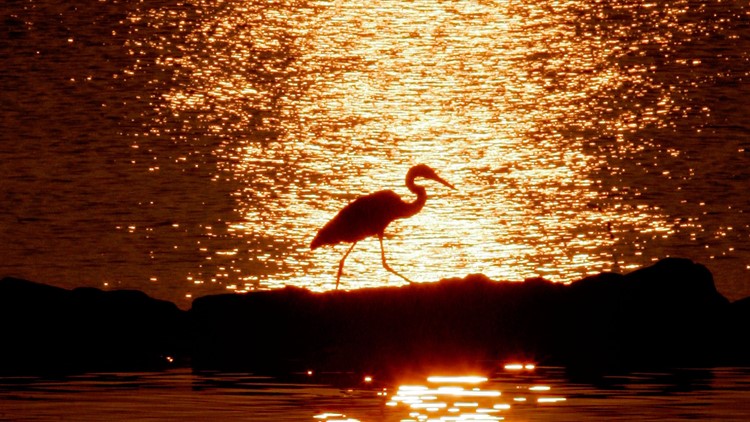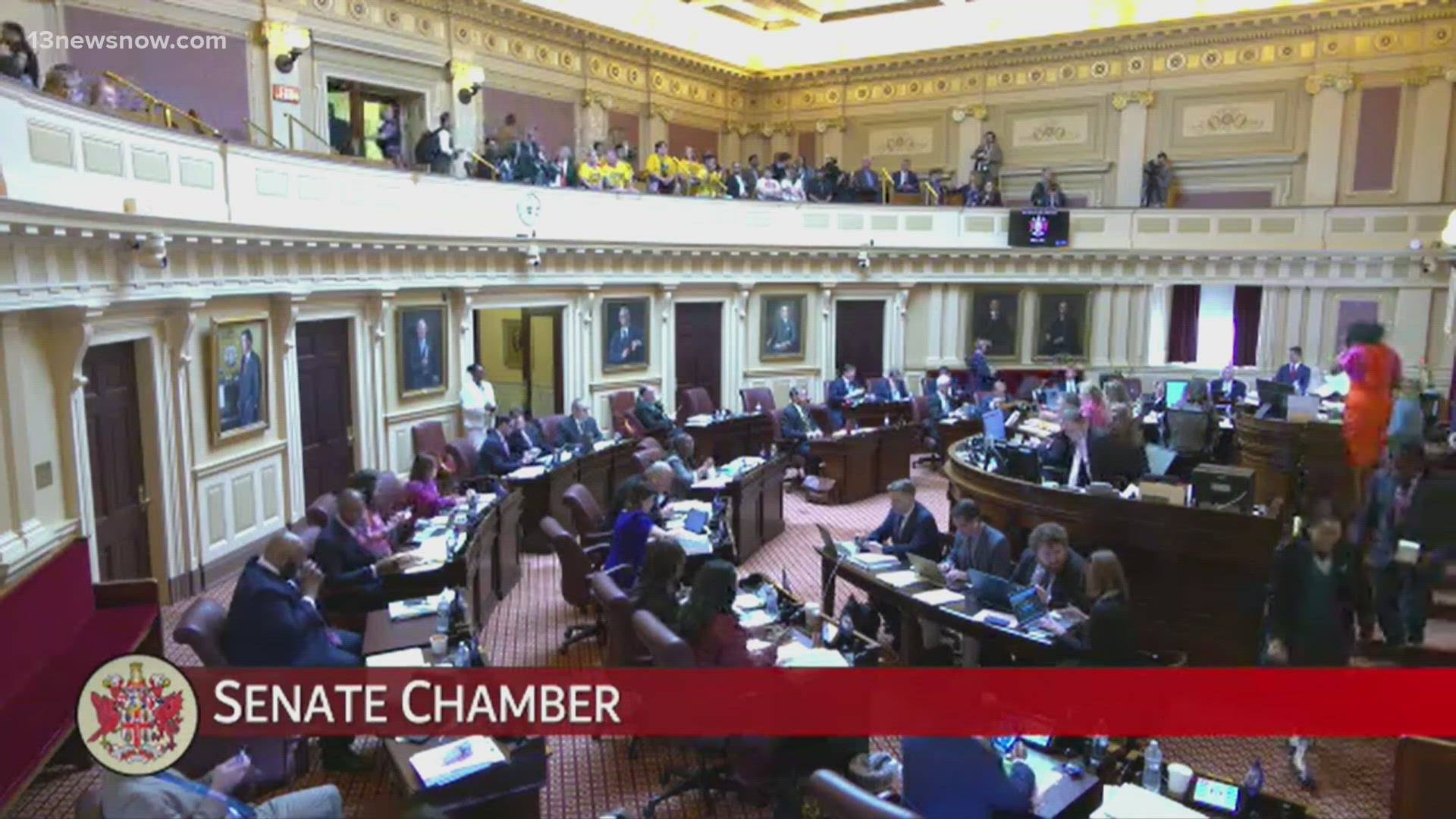On Monday, the Chesapeake Bay Foundation released its 2018 State of the Bay report.
The report is released every two years and gives us a good indication of the bay's health. In 2018, the bay received a score equivalent to a D+.
Scientists compile the date for 13 indicators in three categories: pollution, habitat, and fisheries. Scientists assign each indicator an index score from 1-100. Together, the scores offer an overall assessment of the Bay's health.
In its last report from 2016, the estuary was given a C-minus grade, which was the highest score since the first report in 1998.
The 2018 report dropped 1 point from the 2016 report. The drop was largely due to increased pollution and poor water clarity caused by record regional rainfall.
“The good news is that scientists are pointing to evidence of the Bay’s increased resiliency and ability to withstand, and recover from, these severe weather events. And this resiliency is a direct result of the pollution reductions achieved to date. In addition, we did see increases in scores for dissolved oxygen and Bay grasses since 2016, but the recovery is still fragile,” said Chesapeake Bay Foundation’s Director of Science and Agricultural Policy Beth McGee.
The Clean Water Blueprint will ensure pollution reduction and result in the "fishable, swimmable" waters promised by the Clean Water Act of 1972. The blueprint requires the Bay jurisdictions to decrease pollution in local creeks, rivers, and the Bay.
State and local governments have made commitments to achieve specific reductions. The states agreed to have the 60 percent of the needed programs and practices in place by 2017 and to complete the job by 2025.
Virginia and Maryland were close to meeting the 2017 goals, but both states need to accelerate pollution reduction from agriculture and urban/suburban runoff.
The Chesapeake Bay watershed spans 64,000 square miles in parts of Delaware, Maryland, New York, Pennsylvania, Virginia, West Virginia and the District of Columbia. It supports fishing, farming, shipping, and tourism.
Click here to learn more about the Chesapeake Bay Foundation.
Will Baker, President of CBF, and Beth McGee, CBF's Director of Science and Agricultural Policy, discussed the 2018 State of the Bay report:
The Associated Press contributed to this report.



